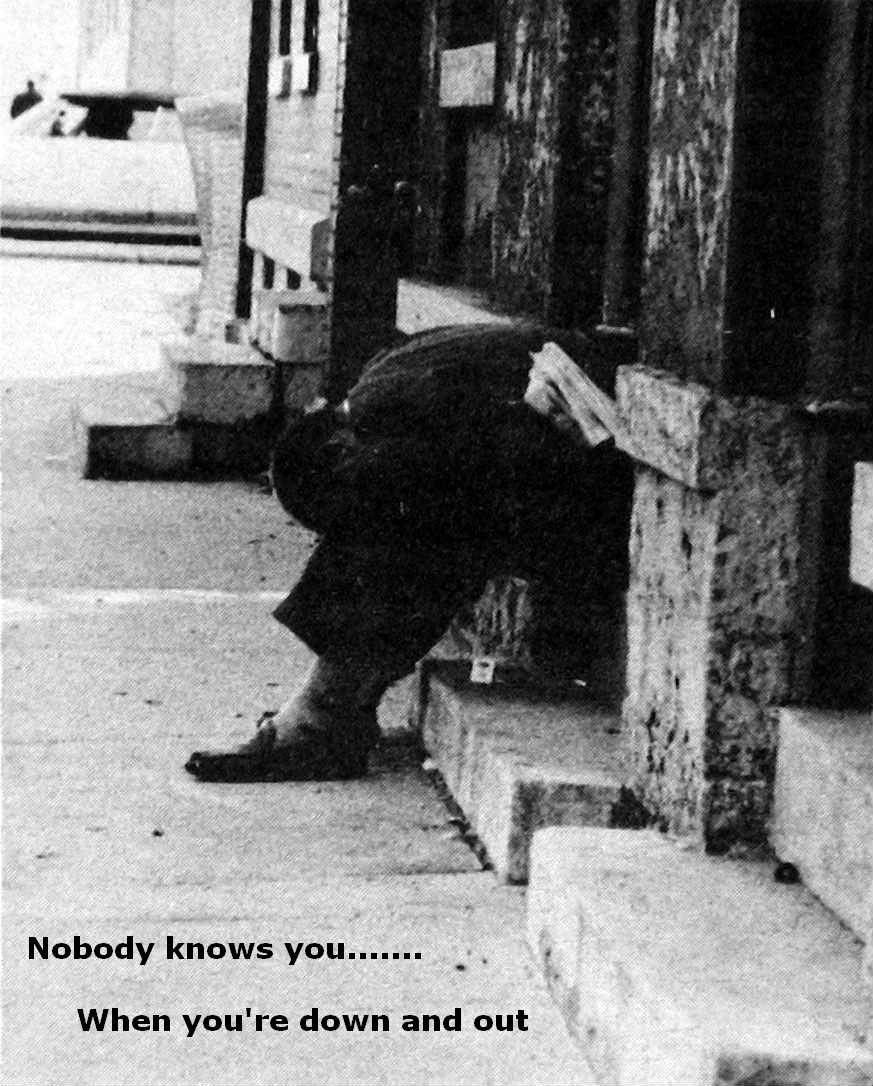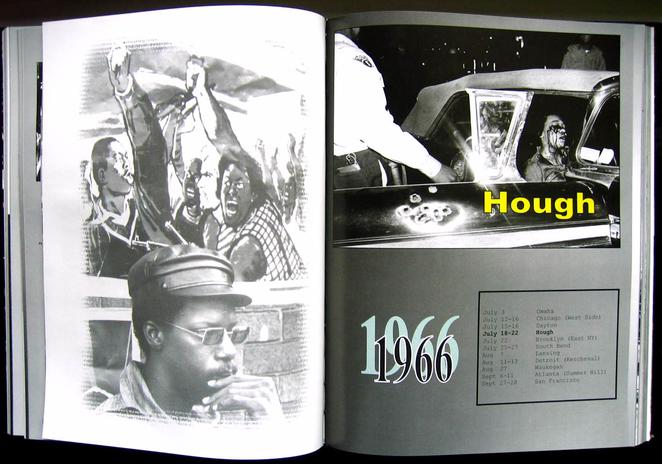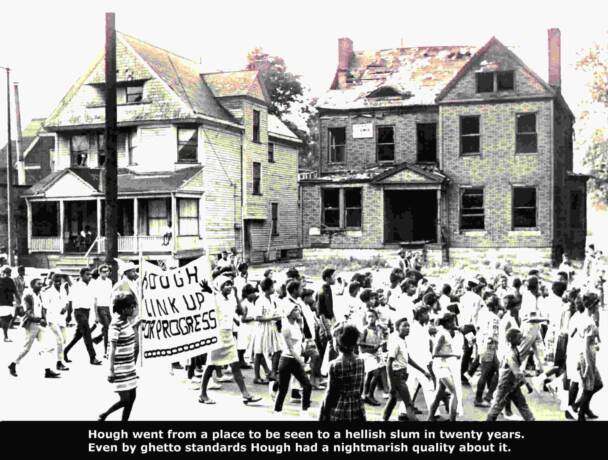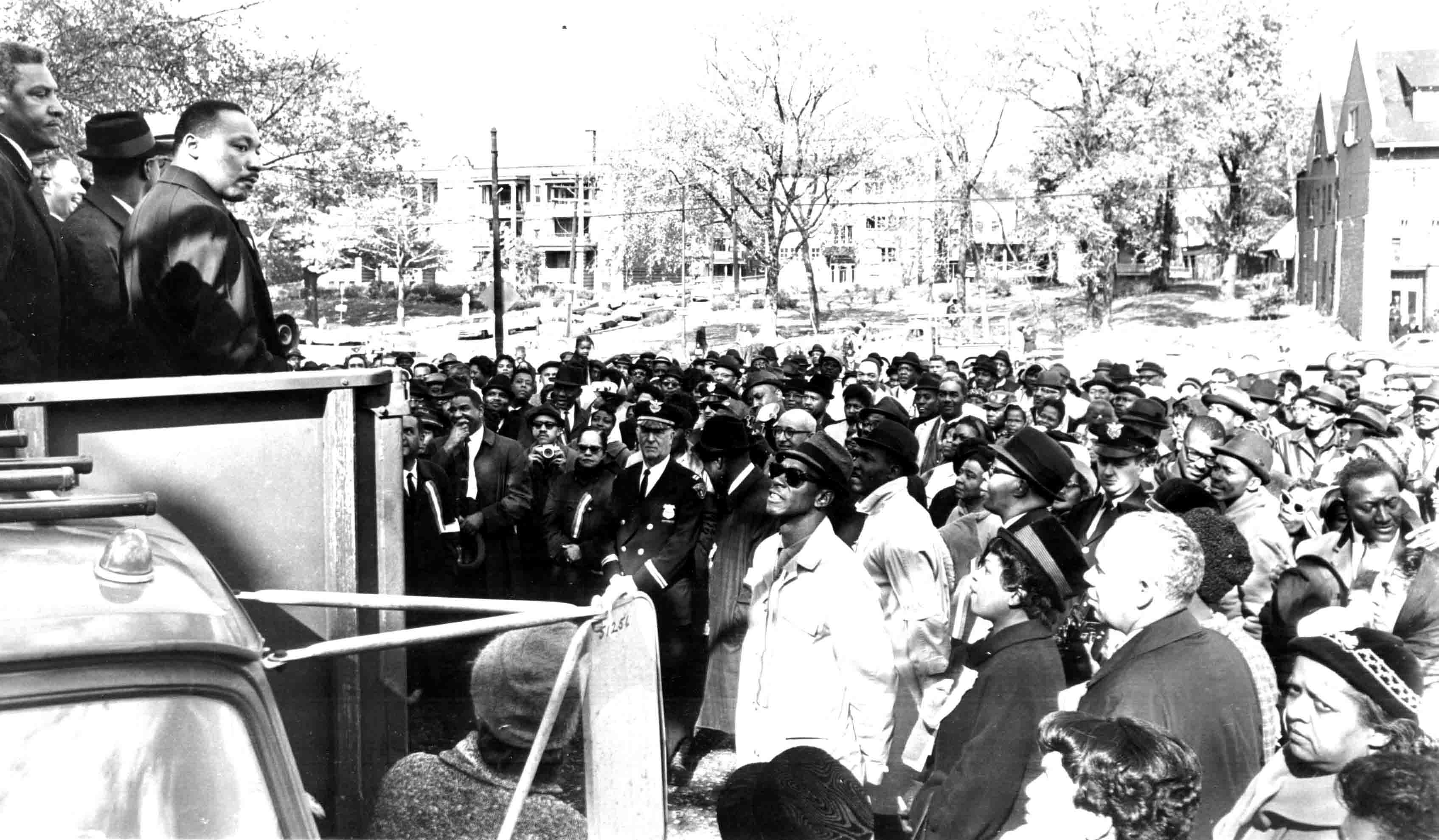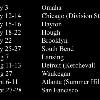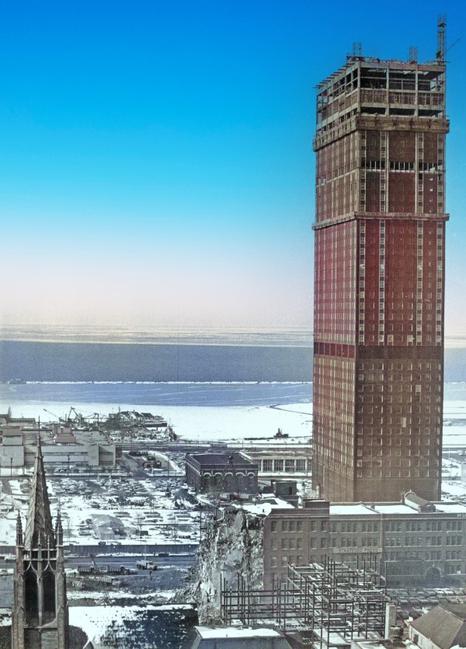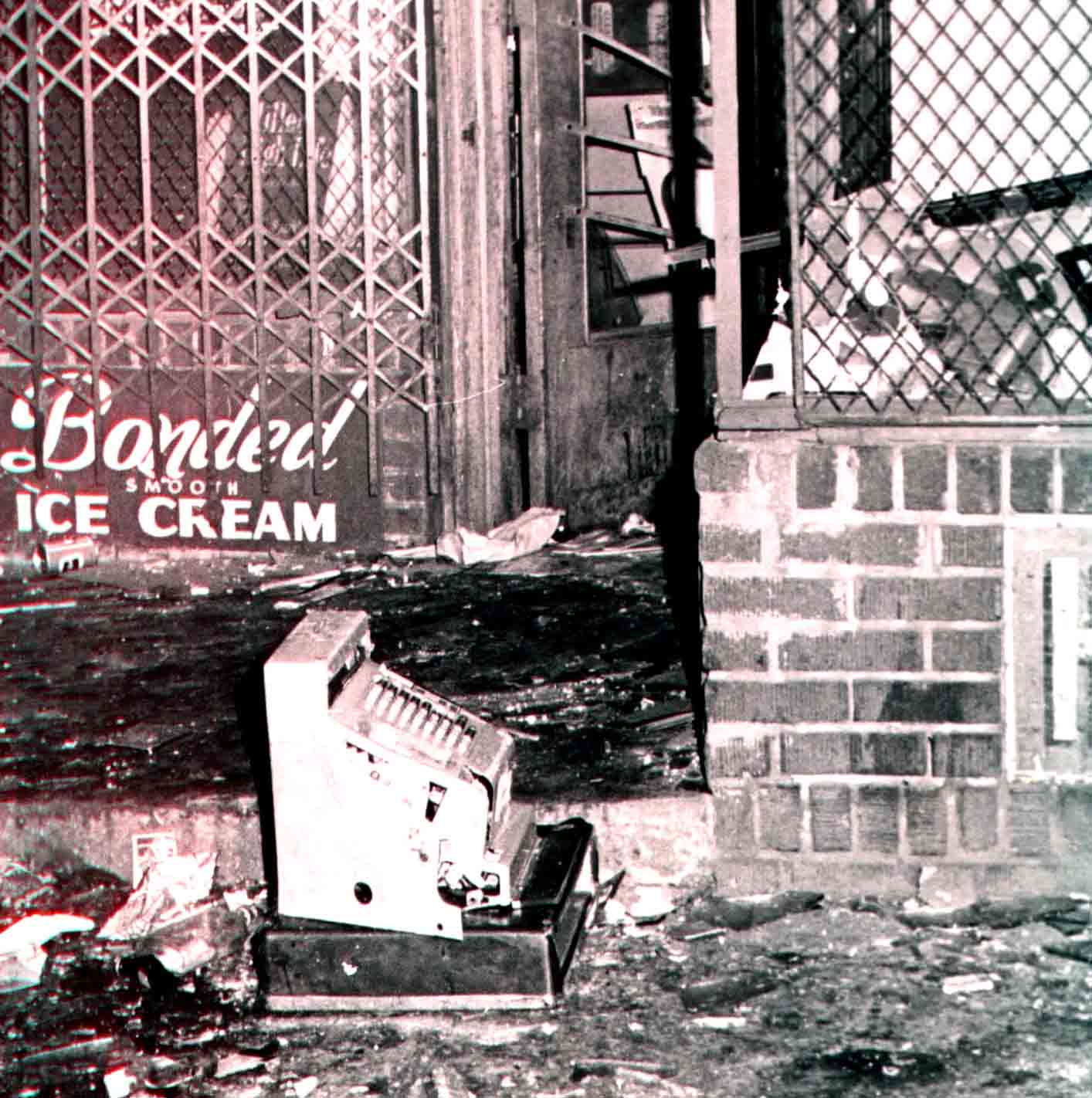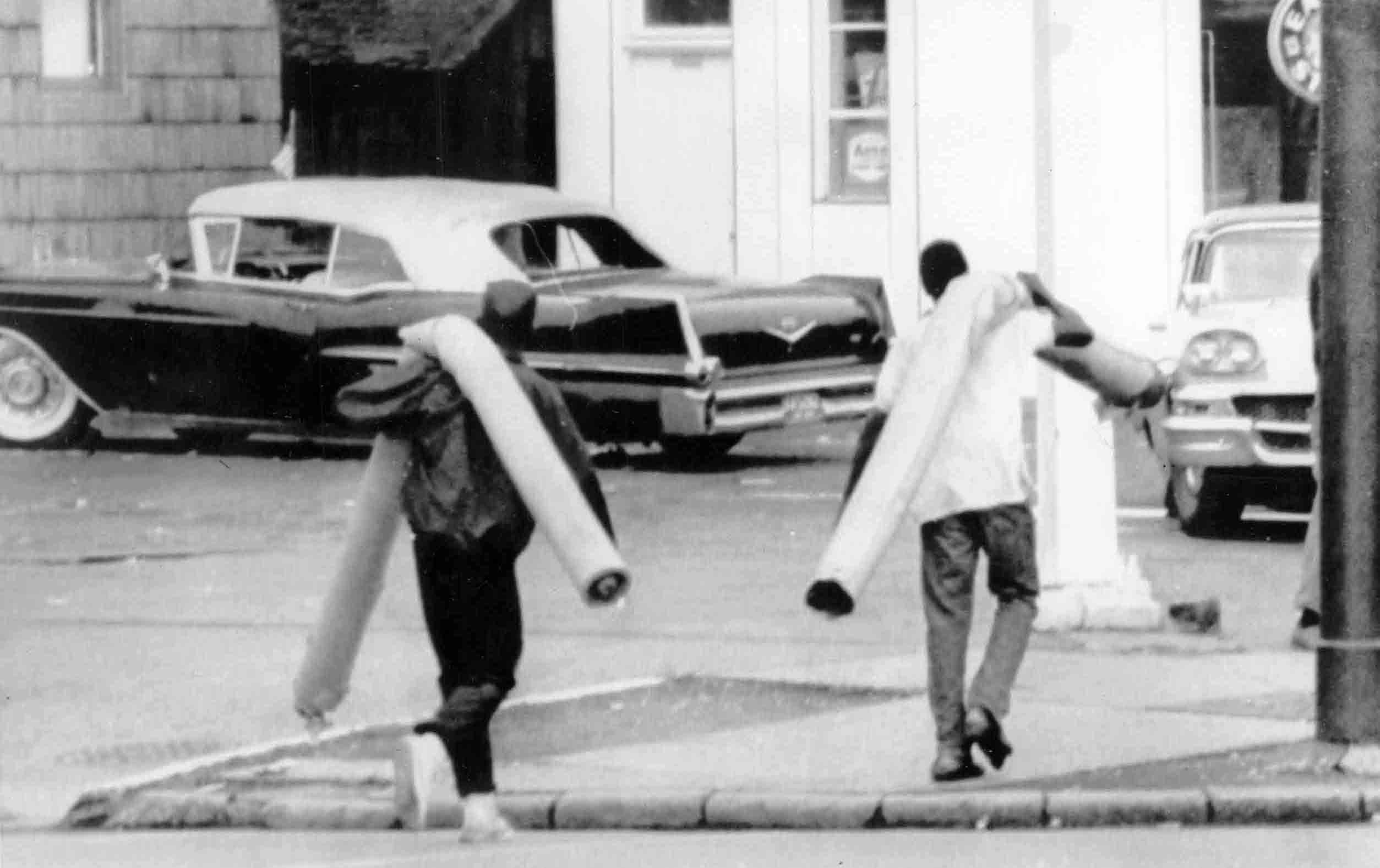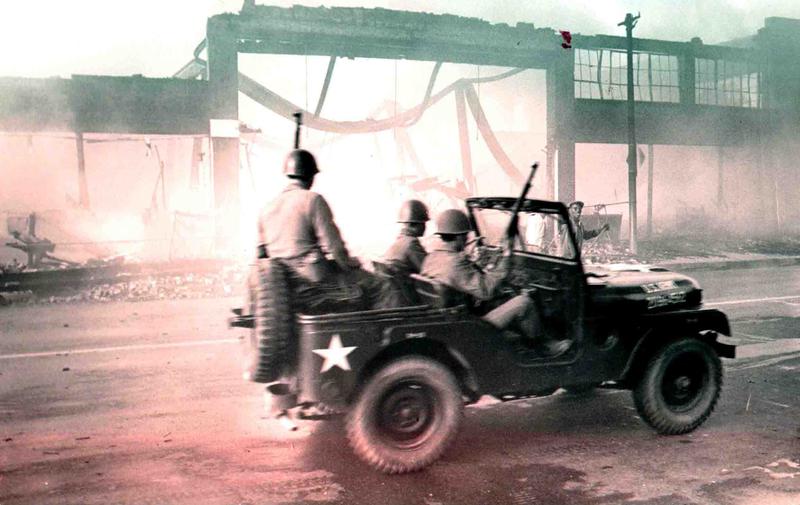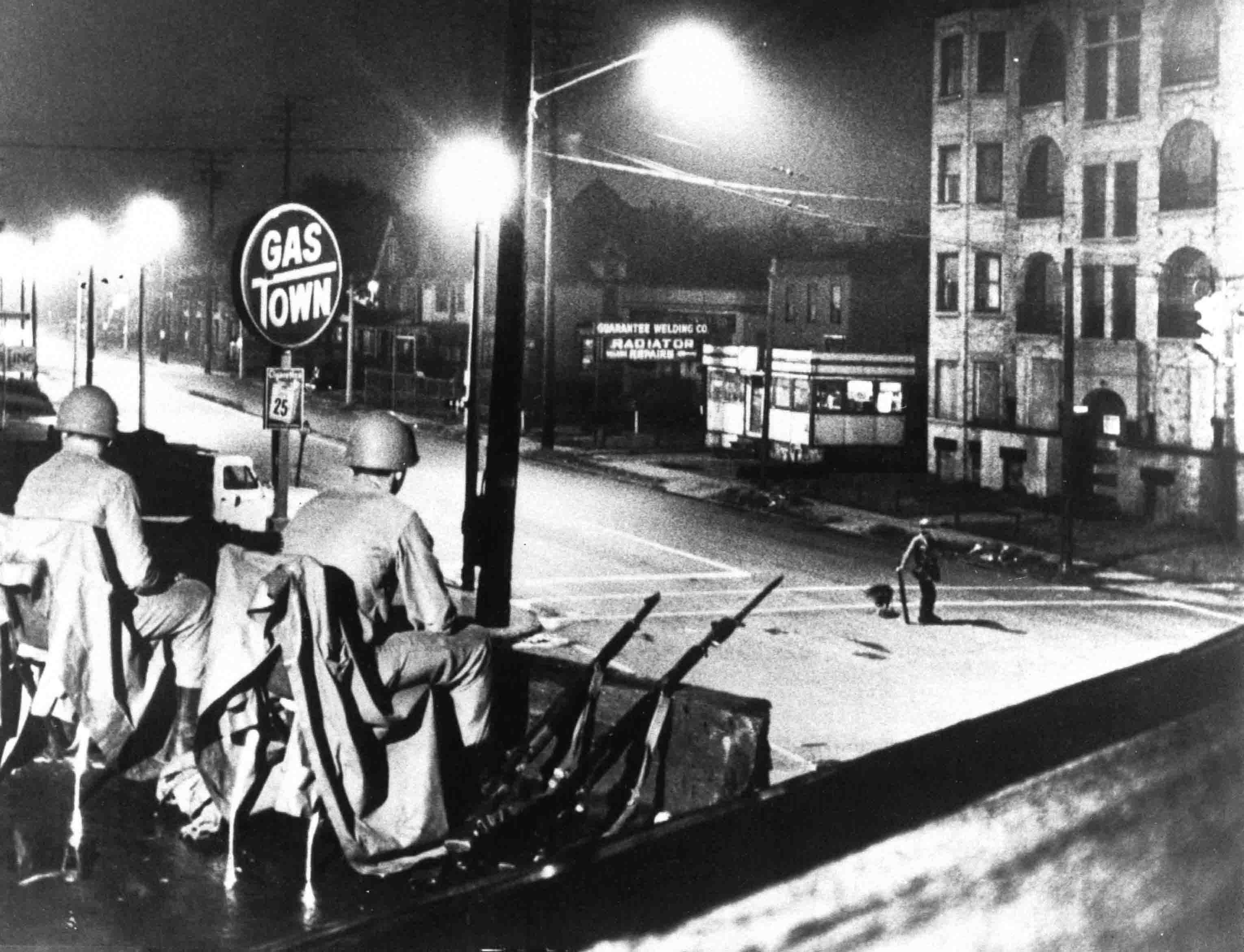Hough (pronounced Huff) is a neighborhood of Cleveland which mirrored an evolution that occurred in many a northern city throughout the 19th and 20th centuries. Like Detroit, Cleveland greatly benefited from the automotive boom in the early 1900s. The Hough riot of 1966 would put Cleveland on the map for ominous, not progressive, reasons. The newly found automotive affluence of Cleveland would quickly spill over into neighboring Hough as palatial mansions epitomizing this newfound wealth rapidly adorned the boulevards. But the star of Hough soon saw its zenith pass and by the 1950s prosperity had bid a hasty retreat, never to return.
Hough.......as in Rough Hough
A Laker passes the breakwall outside Cleveland. Detroit and Cleveland were true sister cities, both
owing their prominence to the auto industry and thus the Great Lakes, the great water super highway.
Originally settled as a giant farm by Oliver Hough in 1799, Hough had expanded to become a tight-knit community by the Civil War. This was the height of the Gilded Age where many an unknown entity gained incredible fortunes seemingly overnight. As was the custom of the day, such affluence was to be displayed by the posh Victorian style mansions available during the period. Styles such as Romanesque, Italianate and Second Empire offered an incredible degree of individuality and splendor providing the owner with a custom, one of a kind residence that flaunted his personality. Cleveland quickly became an industrialized, blue collar magnet. It grew exponentially to such a degree it eventually incorporated neighboring Hough. As Cleveland became a sooty, industrial eyesore, its coterie of blue bloods chose to flee towards neighboring Hough where their majestic manors lined Euclid Avenue to such a degree it gained the fitting moniker of “Millionaires Row.”
Euclid Avenue - The Fabled Millionaires Row
It was high old times in Hough during its heyday from 1880 to 1920. Hough was a place to see and be seen. Society’s elite carved out a unique existence along Euclid Avenue making this Cleveland-Hough corridor the showpiece of the Midwest. Replete with topiary gardens and Grecian fountains, the name Hough came to symbolize prosperity. By the 1950s things would change drastically. Economic and social transformations began to chip away at Hough’s wealth and luster. By the 1960s, with any vestige of prominence long gone, Hough had become an overcrowded, rat infested ghetto destined to have its star rise one last time as a dubious chapter in the riotous ‘60s.
Lost Opportunities - Cleveland squandered its last chance to circumvent the Hough Riot by
repeatedly bungling its urban renewal plan. Hough was easily the most blighted section of the city
yet only a paltry sum of money was thrown their way while the lion’s share went into the shallow
pipe dream of Erieview. By razing central areas of the city to make way for Erieview, poor blacks
were pushed into Hough, setting up a severely overcrowded situation and a prelude for rioting.
Despair lit the fuse
By definition, a ghetto is a section of a city in which many members of a minority group live. In reality it is a prison whose inhabitants are trapped not by bars and concertina wire but by the invisible walls of poverty and prejudice. For the overwhelmingly black population in the ghetto, the warden becomes the only white people they come in contact with, namely the shopkeepers and the police.
Ghetto inhabitants harbor no illusions about their fate. With the last relic of hope gone, self esteem drains from the society like water out of a bath tub. They see, and they know, that for most of them there is no door to their situation marked ‘exit’.
The dehumanizing effect of a ghetto can not be understood from the pages of a book but rather by the people themselves.
Their faces tell it all. Thirty-year-olds look fifty; fifty year olds are nearing their life expectancy, old long before their time. Decades of pain permanently etched in their face, the always prevalent thousand yard stare gazes outwardly but often doesn’t seem to register. Too many years of harsh distorted reality that in the end makes life itself a bitter illusion. As a death row inmate no longer fears retribution because he’s conceded the fact that death is near and inevitable, so too are the ghetto inmates willing to flirt more and more with death because the alternative of life is so unpleasant. One irate militant summed up the mood in the hood, "If I come back after death, I want to come back as a tiger and tear up Hough."
Hough, it was once said, is a place were all the bad people were dumped into to join the melting pot poor who didn’t have the resources to leave, creating a situation that can only lead to rebellion. Even by ghetto standards Hough had a nightmarish quality about it. By the mid 1960s some 70,000 people were jammed into two square miles. Hough had become an ungovernable hellhole for a city that simply wished it would just go away.
The Cleveland Police Department had a bad reputation amongst the black community of Hough. Instead of protectors they were viewed more as oppressors. The fact that they were 94 percent white didn’t help. The police department was on a collision course with the militants of Hough who in turn had a message for the police: You can't stop the riot that's coming!
Martin Luther King took on all challengers in pre riot Cleveland. Whether is was a white audience in a ballroom or a black audience in a urban park, he left no stone unturned if it meant keeping the peace.
Riots of 1966
Urban Renewal - One step forward, two steps back
Cleveland had numerous urban renewal projects on the board throughout the 1950s and ‘60s. Like many big industrial cities of the North, Cleveland had deteriorated significantly over the decades. Logic would dictate that the most blighted sections of the city should receive the most attention, but logic took a holiday and the fallout would cost the city of Cleveland.
Under the leadership of then mayor Tony Celebrezze, the city of Cleveland conjured up a new world entirely. It would be called Erieview and it would be located within a rock throw from the Great Lake itself. It was a grandiose plan indeed, encompassing some $140 million and the assistance of the indomitable architect I. M. Pie. There was one small oversight however. It wasn’t needed. The city simply wanted a “showpiece” to bedazzle the public.
The gaudy colossus of Erieview goes up as affordable housing for the poor comes down. Urban Renewal and freeway construction displaced thousands of lower income blacks from the Erieview project. The percentage of Black residents in Hough went from 14% in 1950 to 75% in 1960.
The federal government was so horrified at the botched
urban renewal program in Cleveland that it froze the funding until the whole tangled mess could be sorted out.
After years of stagnation it was too late. The fabled
Millionaires Row had become skid row and Hough was
so badly maligned in the press it was now mockingly
referred to as "Rough Hough."
Like Watts, the Hough uprising was ignited by a
trivial incident. An argument in a white owned bar
in a black neighborhood would touch off four
crazed nights of hate-filled rioting that would make
Hough a household name. The 79ers bar, located
at the intersection of 79th and Hough Avenue, was
the epicenter of the riot. This was the heart of
Hough. The daily tension was thicker than the
stack belch that blew in from the downtown steel
mills. But the triviality of the incident suggests
strong undercurrents of persecution and animosity
that were desperately seeking an outlet.
There had already been numerous close calls
in the area over the summer months and on the
humid evening of July 18, 1966 Hough’s last atom
of luck would run out. After an incident between
the white bar owner and a black patron, three
hundred angry people gathered outside the bar.
The fuse for Hough's latent powder keg was lit.
Cleveland police zero in on a troublesome sniper.
Looters took what they wanted and walked, did not run, from the scene.
Hough version of urban renewal.
A tense and uneasy quiet blanketed the scene as Ohio Guardsmen watch from
a building top over a deserted Hough Avenue. After four brutal days of violence
and anarchy the Hough riot was over but the tragic days of Hough and Cleveland proper would linger on for some time to come.
79ers Bar - Epicenter of the eruption.

